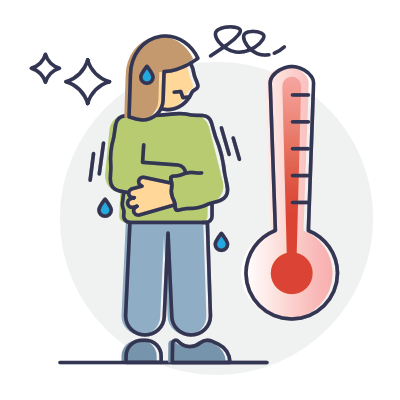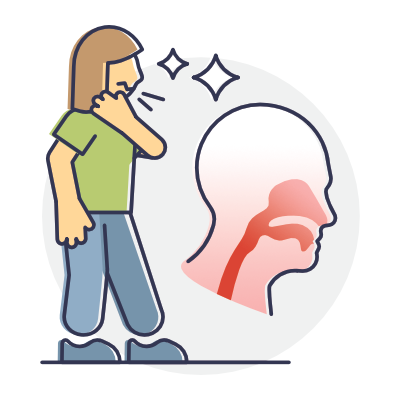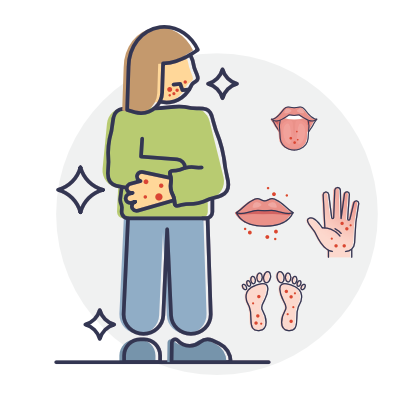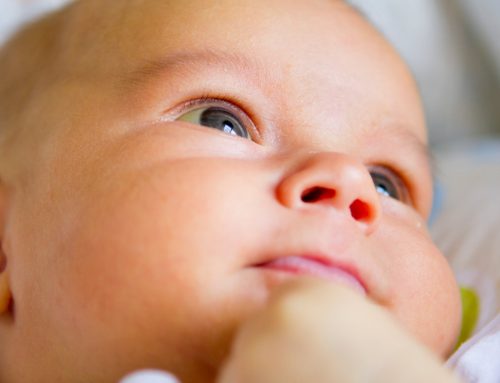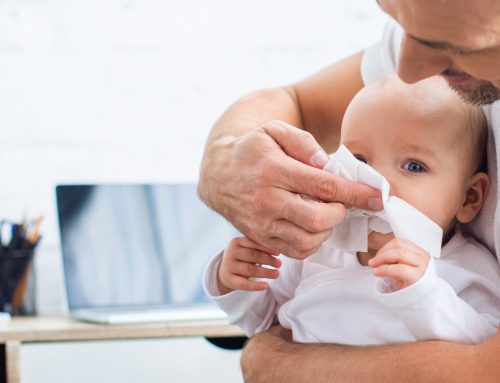Hand, foot and mouth disease (HFMD) is a mild, contagious viral infection common in young children. It is characterized by sores called ulcers inside or around their mouth and a rash or blisters on their hands, feet, legs, or buttocks. Hand-foot-and-mouth disease is most commonly caused by a virus (coxsackievirus A16 and enterovirus A71).
Anyone can have the disease, but children under age 5 are most likely to get it. Most children have mild symptoms for 7 to 10 days.
There’s no specific treatment for hand-foot-and-mouth disease. Frequent hand-washing and avoiding close contact with people who are infected with hand-foot-and-mouth disease may help reduce your child’s risk of infection.
It is important to note that Hand-foot-and-mouth disease is not the same thing as foot-and-mouth disease (also called hoof-and-mouth disease), which comes from a different virus and affects only animals.
As Children get older they usually develop immunity to hand-foot-and-mouth disease by building antibodies to the virus that causes the disease.
Hand, foot, and mouth disease is contagious
Hand, Foot, and Mouth Disease Symptoms
Hand-foot-and-mouth disease may cause all of the following signs and symptoms or just some of them.
Disease Transmission
Hand, foot, and mouth disease is caused by viruses. A person infected with one of these viruses is contagious, which means that they can pass the virus to other people through their body fluids, like:
- Saliva / drool
- Mucus from nose or lungs
- Fluid from blisters or scabs
- Stools
Hand, foot, and mouth disease spreads through:
- Coughing or sneezing
- Close contact like kissing, hugging, sharing cups or utensils
- Contact with stools, like when changing a diaper
- Touching objects and surfaces with the virus on them
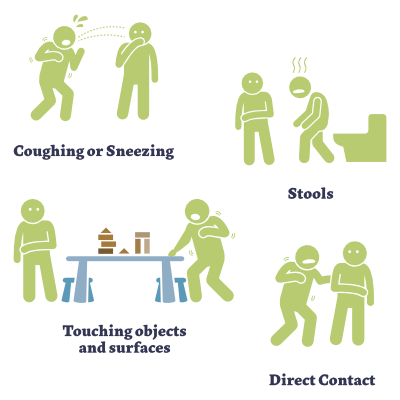
Although your child is most contagious with hand, foot, and mouth disease during the first week of the illness, the virus can remain in his or her body for weeks after the signs and symptoms are gone. That means your child still can infect others. Keep children with hand-foot-and-mouth disease out of child care or school until fever is gone and mouth sores have healed. Consult with the doctor or paediatrician if you are still not sure when it is okay for them to resume.

HFMD Diagnosis
Doctors can usually tell if someone has hand, foot, and mouth disease by examining the patient and the rash appearance while considering the patient’s age and other symptoms.
Sometimes, they might collect samples from the child’s throat, blood or stools and send them to a laboratory to test for the virus.
Treatment of Hand Foot and Mouth Disease
There is no specific medical treatment or vaccine for hand, foot, and mouth disease. It usually goes away on its own after 7 to 10 days. Remember, since this disease is caused by a virus, antibiotics won’t help. You can take steps given below to relieve the symptoms and prevent dehydration while your child is sick.
- Over the counter medications to relieve fever and pain caused by mouth sores. Don’t use aspirin, because it can cause serious illness in children.
- Make sure they drink enough liquids to stay hydrated. Mouth sores can make it painful to swallow, so your child may not want to drink much.
- Cold foods like ice cream, smoothies, and popsicles help by numbing the area, and will be a welcome treat for kids who have trouble swallowing. Avoid juice and cold drinks, which have acids that might irritate sores.
- Avoid giving salty or spicy foods.
- Give soft foods that don’t require much chewing.
- Get the children to rinse their mouth with warm water after meals.
- Keep the blistered area clean and uncovered. Wash the skin with lukewarm soap and water, and pat dry. If a blister pops, dab on a bit of antibiotic ointment to help prevent infection and cover it with a small bandage.
- Anti-itch lotion, like calamine, for rashes will provide much needed relief.
HFMD Prevention
Your child is most contagious in the first 7 days of the illness. But the virus can stay in their body for days or weeks and spread through their spit or stools. Take these steps to lower the chance of infection:
- Wash hands carefully.
- Wash your hands frequently and thoroughly, especially after changing a diaper or wiping a child’s nose.
- Help children keep their hands clean.
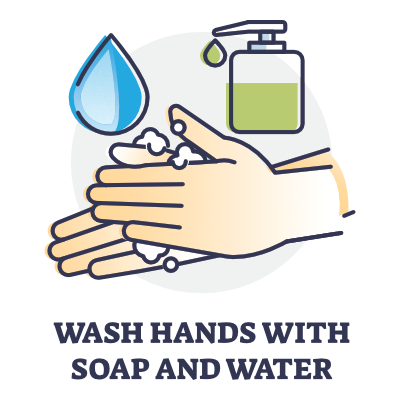
- Teach good hygiene
- Teach kids to cover their mouth and nose when they sneeze or cough.
- Show your children how to practice good hygiene and how to keep themselves clean.
- Explain to them why it’s best not to put their fingers, hands or any other objects in their mouths.
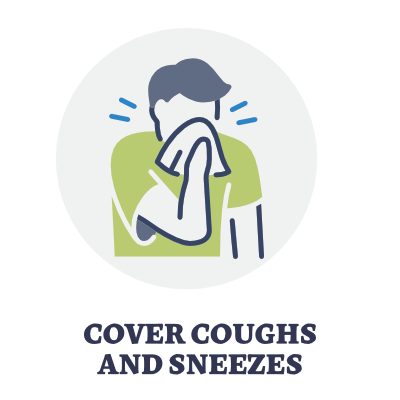
- Disinfect common areas.
- Clean and disinfect surfaces and shared items like toys and doorknobs.
- Clean your baby’s pacifiers often.
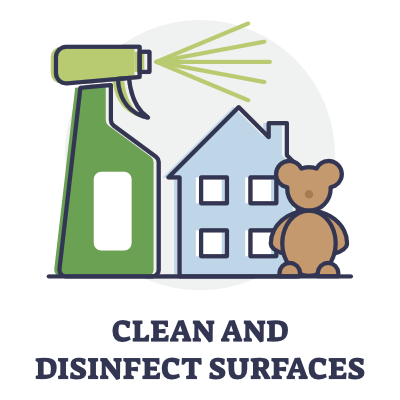
- Isolate contagious people.
- Because hand-foot-and-mouth disease is highly contagious, people with the illness should limit their exposure to others while they have active signs and symptoms.
- Don’t hug or kiss someone who has hand, foot, and mouth disease. Don’t share cups or utensils with them.
- Don’t send your child to school or day care until their symptoms are gone. Check with your doctor if you think they might still be contagious.
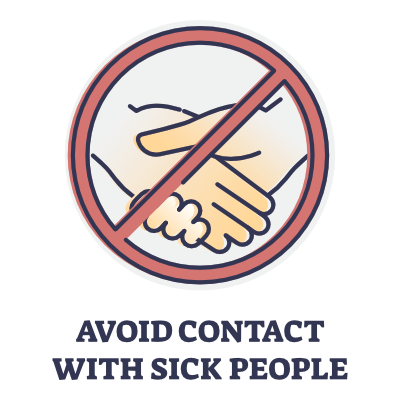
When to see a doctor or a paediatrician
Hand-foot-and-mouth disease is usually a minor illness causing only a few days of fever and relatively mild signs and symptoms. Contact your doctor if:
- Your child is very young, especially younger than 6 months.
- Your child is not able to drink normally.
- Your child is not alert and responsive.
- Your child’s fever lasts longer than 3 days.
- Symptoms do not improve after 10 days.
- Your child has a weakened immune system.
- Symptoms are severe.
